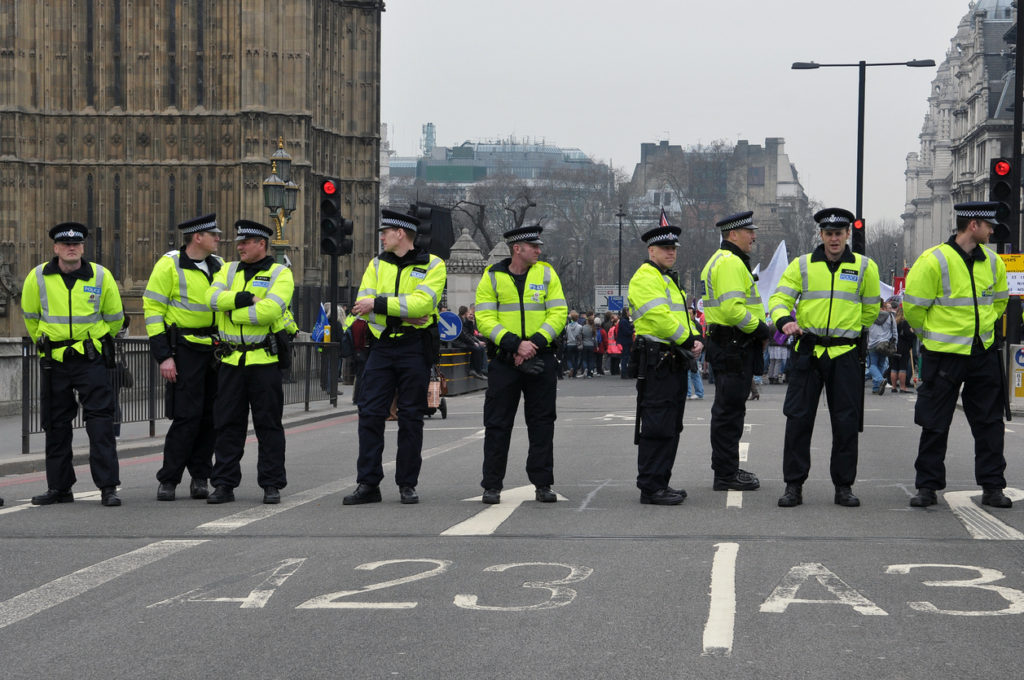Proelium Law LLP’s Marc Simms blogs on the subject of Lone Wolf terrorism, particularly relevant in the aftermath of the Westminster attack.
Khalid Masood’s fatal car and knife attack against Parliament on March 22nd highlights how lone wolf, low tech terrorism still remains a threat in the UK, despite counter-intelligence successes against Islamist extremist groups, as well as a sobering reminder of how difficult this threat is to counter.
While investigations into the particulars of Masood’s possible links to organised extremist groups are ongoing, the police have stated that they are confident he acted alone. This sets Masood apart from other recent “lone wolf” attacks in Europe and North America, where despite acting operationally as a lone wolf, these individuals were often in frequent contact with ISIS members, who helped to “remote-orchestrate” the attacks.
From what we know of Masood, he had a criminal past, with issues of drug dealing and a conviction in 1983 while still at school, and later violent altercations in 2000 and 2003 where he attacked using a knife. It appears his second stay in prison, in the aftermath of 9/11 and subsequent jailing of British Islamist extremists, was the more critical one. After leaving, he married a Muslim woman, then travelled to Saudi Arabia to teach English. While there, he did not come to the attention of the Saudi security services, and he moved back to the UK in 2009.
In 2010, Masood came to the attention of the intelligence services in the UK, due to being “loosely connected” to individuals under investigation at that time. However, it appears no further action was taken at the time and so Masood was not being monitored or under surveillance. As such, it is not clear precisely when he was radicalised, or what motivating factors may have driven the process.
That Masood does not fit the usual profile for Islamic terrorism further complicated matters. At 52, he is significantly older than many lone wolf jihadists, and his mixed black British background also sets him apart from other Islamic extremists in the UK who frequently come from a British Pakistani background. He does show some risk factors, such as conversion to Islam and a history of criminal convictions, but these alone are not especially indicative of being on a pathway to radicalisation.
Masood’s choice of attack is, however, in line with the kind of attacks that ISIS has promoted in its online material. In 2014 the ISIS spokesman Abu Mohammed al-Adnani said “single out the disbelieving…smash his head with a rock, or slaughter him with a knife, or run him over with your car”, and ISIS affiliated lone wolves, such as the Ohio State attacker Abdul Artan and the Paris knife attacker Larossi Abballa have acted on these exhortations.
Whether Masood was influenced by such material remains to be seen, but the low-tech nature of this form of attack renders it exceptionally hard for the security serv
Marc Simms is an occasional blogger for Proelium Law LLP. Marc holds a MLitt in Terrorism Studies and a Masters in International Relations, both from St Andrews. His particular interests are in emerging international security issues, unconventional warfare and terrorism.
Need advice?
If you’d like further information, or to discuss working with us, please get in touch







